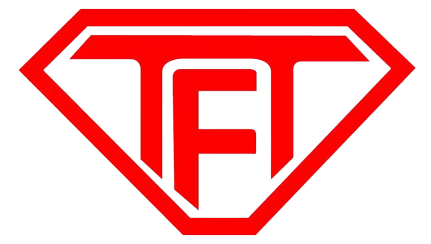PVC PIPE USES:PVC pipe is a widely used synthetic material, mainly used in drainage pipes, wire and cable protection pipes and other fields. Its specific uses include:
Drainage pipe: PVC pipe is often used in the drainage system of buildings. Due to its corrosion resistance, pressure resistance and weather resistance, it is suitable for various drainage projects.
Wire and cable protection pipe: PVC pipe is used as a protection pipe for wires and cables in power projects to prevent the wires from getting damp and corroded, and ensure the safe transmission of wires.
Other fields: PVC pipe is also used in agricultural irrigation, chemical industry, food industry and other fields. It is widely used because of its non-toxic, corrosion-resistant and easy processing characteristics.

ADVANTAGE 1. PVC pipes are light in weight, easy to transport, load and unload, and construct, saving labor.
2. Acid, alkali and corrosion resistance are good, suitable for chemical industry piping.
3. The pipe wall is smooth, with low resistance to fluid. Its roughness coefficient is only 0.009, which is lower than other pipes. Under the same pipe diameter, the flow rate is larger than other materials.
4. It has good water pressure resistance, external pressure resistance and impact resistance, and is suitable for various piping projects.
5. Electrical insulation, can be used as a conduit for wires and cables.
6. It has been confirmed through dissolution tests that it does not affect water quality and is currently the best pipe for tap water piping.

PRODUCE PROCESS:The production process of PVC pipes includes steps such as raw material preparation, mixing, conveying and feeding, forced feeding, extrusion, sizing, cooling, cutting, testing and packaging.
The production process of PVC pipes starts with the preparation of raw materials and additives. After mixing, these raw materials are fed into the production line through the conveying and feeding system. Then, the mixed materials enter the conical twin-screw extruder through the forced feeding system, where the materials are heated and plasticized, and then formed through the extrusion die. The formed pipe enters the sizing sleeve and is shaped by the spray vacuum shaping box. At the same time, the pipe is cooled by the spray water. The cooled pipe moves at a uniform speed under the action of the traction machine, and is controlled by the metering device and cut into pipes of predetermined length by the planetary saw. Finally, the cut pipe is expanded and then tested and packaged as a finished product to complete the entire production process.
Post time: Nov-05-2024











